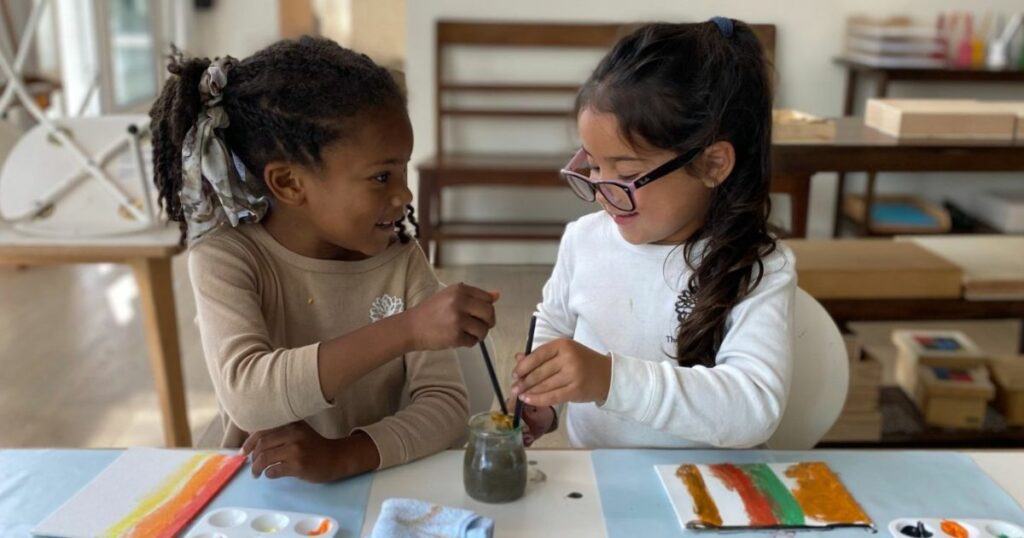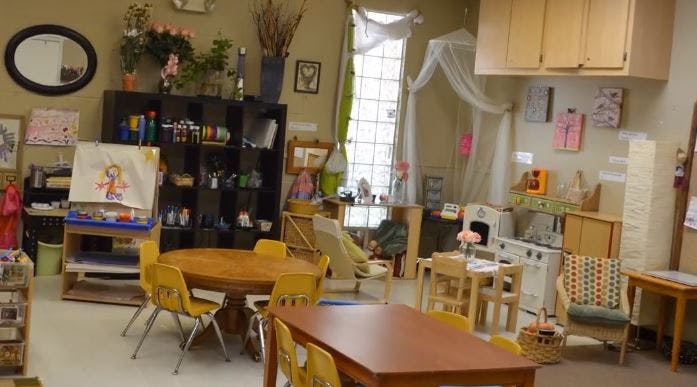Introduction: The World Through Sensory Exploration
In the Montessori Classroom, sensorial education is not merely a subject; it is an intricate part of the learning journey. We view it as a vital aspect of child development that transcends academic instruction. In this comprehensive guide, we will elucidate how we incorporate sensorial education in our curriculum to engage, enlighten, and enable children to make meaningful connections with the world around them.
In the Montessori classroom, sensorial education is not just a part of the curriculum; it’s an integral aspect of every child’s developmental journey. Through specially designed materials and activities, children are encouraged to explore, discover, and connect with their environment in a way that is both meaningful and personal.
The Philosophy Behind Sensorial Education
- Engaging the Five Senses: We provide exercises and materials that stimulate all five senses, guiding children to observe, compare, differentiate, and appreciate their sensory experiences.
- Building Cognitive Skills: We see sensorial activities as foundational in developing cognitive skills such as attention, memory, and critical thinking.
- Fostering Emotional Growth: We recognize that sensory experiences play a pivotal role in shaping emotional responses, cultivating empathy, and understanding self and others.
The Montessori Sensorial Curriculum: A Closer Look
- Visual Sense Exercises: We offer a range of materials and activities, such as color tablets and geometric forms, to develop visual perception and discrimination.
- Auditory Sense Exercises: Through bells, sound cylinders, and musical instruments, we nurture the ability to distinguish and appreciate sounds.
- Tactile Sense Exercises: We employ touch boards, fabric boxes, and other tactile materials to hone fine motor skills and tactile discrimination.
- Gustatory and Olfactory Exercises: We engage taste and smell through food tasting, scent bottles, and related activities to enrich sensory awareness.
The Role of the Montessori Educator in Sensorial Education
- Guide and Observer: We consider educators as facilitators who guide children through their sensory discoveries, keenly observing their interactions and adapting to their needs.
- Environment Creator: We believe in crafting a sensorially stimulating environment that is aesthetically pleasing and intellectually engaging.
- Connection Builder: We help children connect their sensory experiences to other learning areas, such as language, math, and cultural subjects.
The Lasting Impact of Sensorial Education
- Holistic Development: We witness how sensorial education nurtures the child’s mind, body, and spirit, fostering well-rounded individuals.
- Confidence Building: Through mastery of sensory exercises, we see children growing in confidence and self-assurance.
- Life Skills Enhancement: We find that sensorial education instills vital skills such as problem-solving, creativity, and collaboration that remain pertinent throughout life.
Conclusion: Embracing the Sensory Journey
Sensorial education in the Montessori classroom is an evolving, enriching, and empowering experience that resonates with the child’s intrinsic nature. We embrace this sensory journey as a transformative process that molds imaginative thinkers, compassionate beings, and responsible citizens. It’s not just about nurturing the senses; it’s about enlightening the soul.
In conclusion, the Montessori approach to sensorial education is more than a teaching method; it’s a philosophy that recognizes the child’s innate curiosity and desire to explore. By nurturing the senses, it provides the tools necessary for children to engage with their surroundings in a profound and meaningful way.






